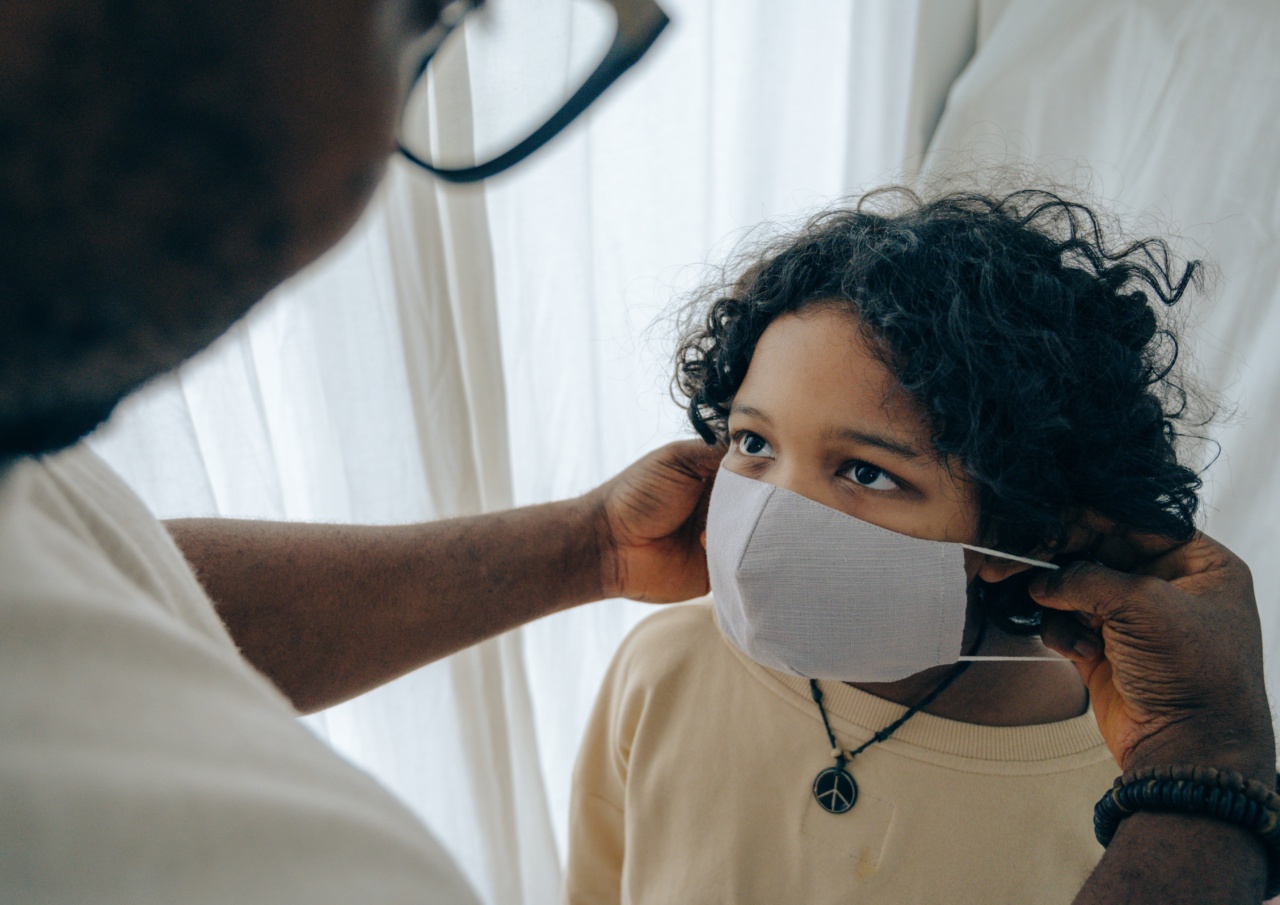Schools can be a breeding ground for various illnesses, as children come into close contact with each other, exchanging germs and infections. Protecting your child from school-borne illnesses is essential for their well-being and academic success.
In this article, we will explore some effective strategies to minimize the risk of your child getting sick at school.
1. Promote proper hand hygiene
One of the most effective ways to prevent the spread of illnesses is through regular handwashing.
Teach your child the importance of washing hands with soap and water for at least 20 seconds, especially before meals, after using the restroom, and after coughing or sneezing.
2. Teach respiratory etiquette
Coughing and sneezing can spread illnesses in a classroom setting. Teach your child to cover their mouth and nose with a tissue or elbow when coughing or sneezing to prevent the spread of germs.
Encourage them to dispose of tissues properly and wash their hands afterwards.
3. Ensure up-to-date vaccinations
Make sure your child’s vaccinations are up to date as per the recommendations of healthcare professionals. Vaccinations protect against various diseases like measles, flu, chickenpox, and more.
Check with your child’s school for any required immunizations.
4. Encourage a healthy diet
A well-balanced diet boosts the immune system, making your child less vulnerable to illnesses. Include plenty of fruits, vegetables, whole grains, and lean proteins in their meals. Limit sugary snacks and processed foods that can weaken immunity.
5. Get sufficient sleep
Adequate sleep is crucial for your child’s overall health and immunity. Make sure they have a consistent sleep schedule and a peaceful sleep environment, allowing their bodies to recharge and fight off infections effectively.
6. Teach them to avoid sharing personal items
Sharing personal items like water bottles, food utensils, or any item that comes into close contact with the mouth can facilitate the transmission of illnesses.
Teach your child to refrain from sharing personal items to minimize the risk of getting sick.
7. Regularly clean and disinfect belongings
Equip your child with hand sanitizers or sanitizing wipes to clean their hands and personal belongings regularly. Encourage them to clean items like backpacks, lunchboxes, and stationary to eliminate any potential germs or bacteria.
8. Minimize exposure to sick classmates
If your child’s classmates are sick, try to limit their exposure to them. Encourage them to maintain distance, avoid close contact, and not to share any belongings.
If necessary, inform the school administration so that appropriate measures can be taken.
9. Stay updated with school policies
Familiarize yourself with the school’s policies regarding illnesses and health promotion. Be aware of their protocols for notifying parents about outbreaks or contagious diseases.
Stay informed and follow the guidelines provided by the school administration.
10. Encourage a healthy lifestyle
A healthy lifestyle, including regular exercise, stress management, and staying hydrated, plays a crucial role in strengthening your child’s immune system.
Encourage physical activities and provide them with a balanced routine to maintain overall well-being.
Conclusion
Protecting your child from school-borne illnesses is a collaborative effort involving the school, parents, and the child.
By implementing the strategies mentioned above, you can significantly reduce the risk of your child falling ill in a school environment. Promote good hygiene practices, encourage healthy habits, and stay proactive in keeping your child healthy and safe.





























